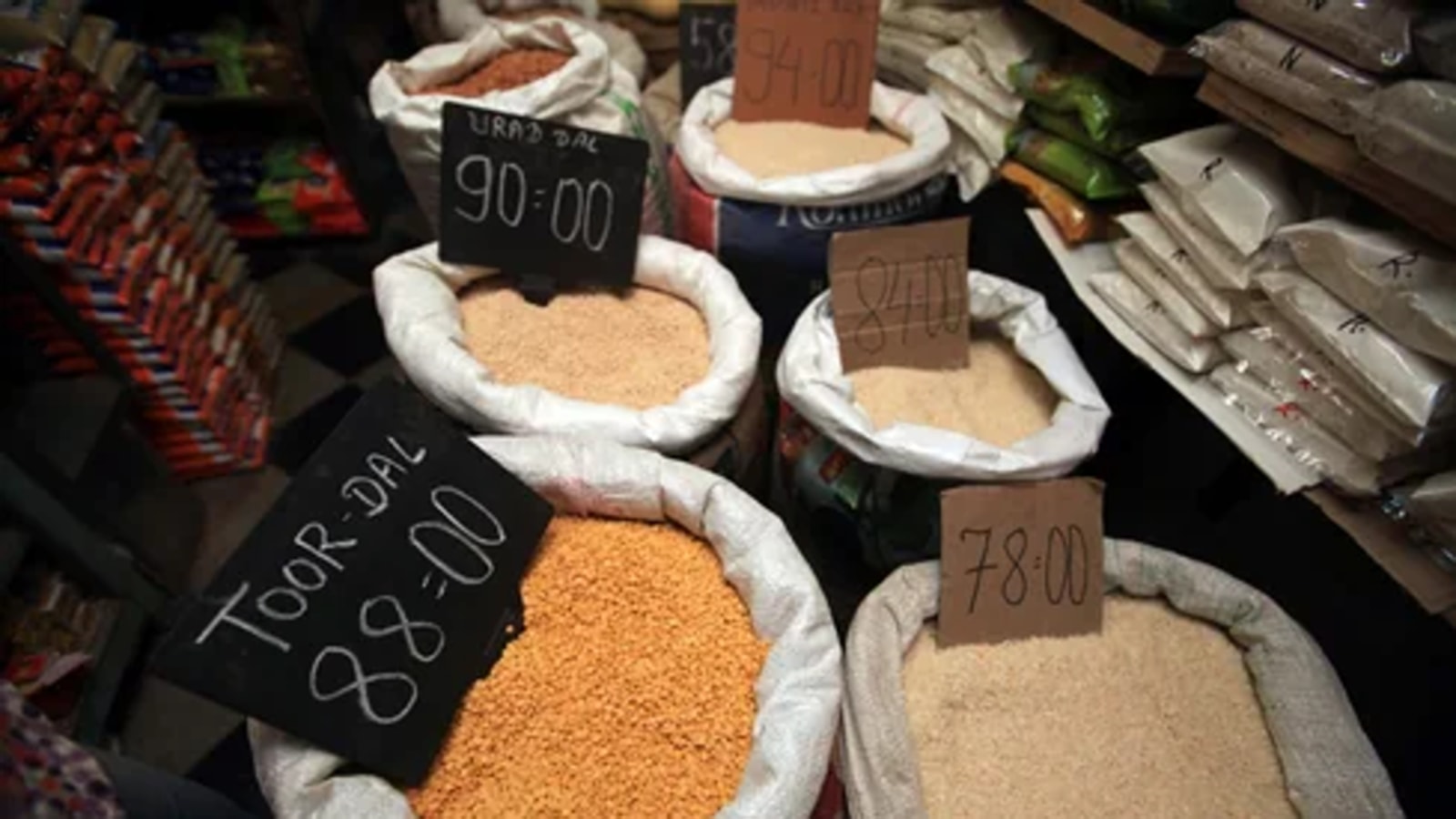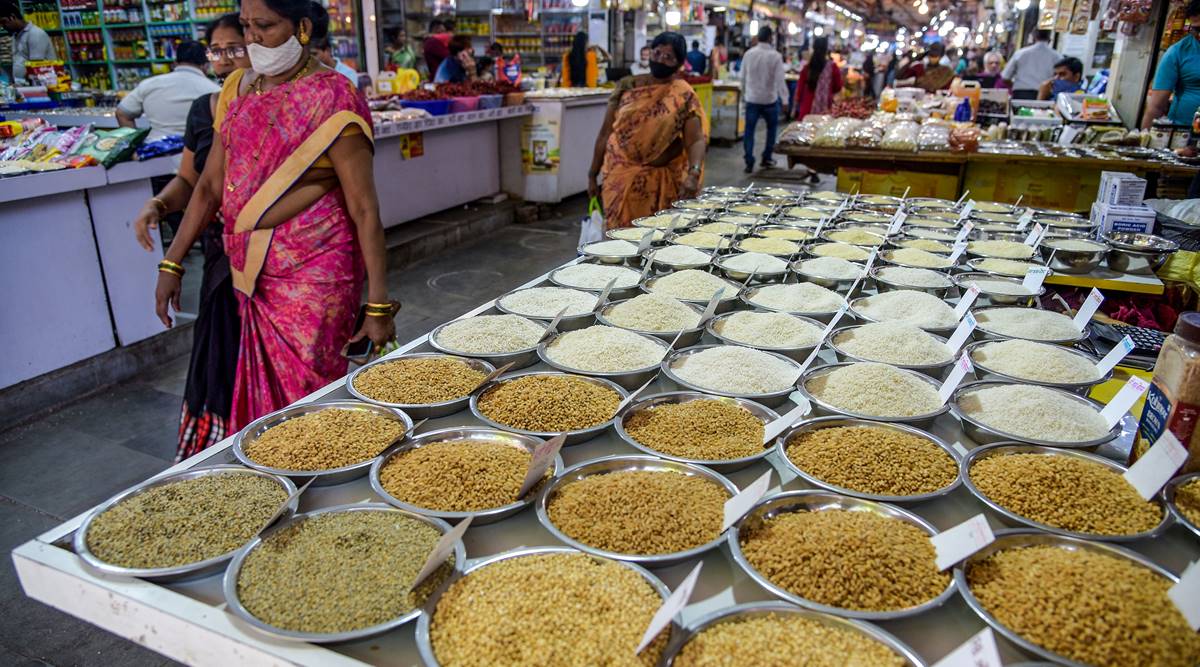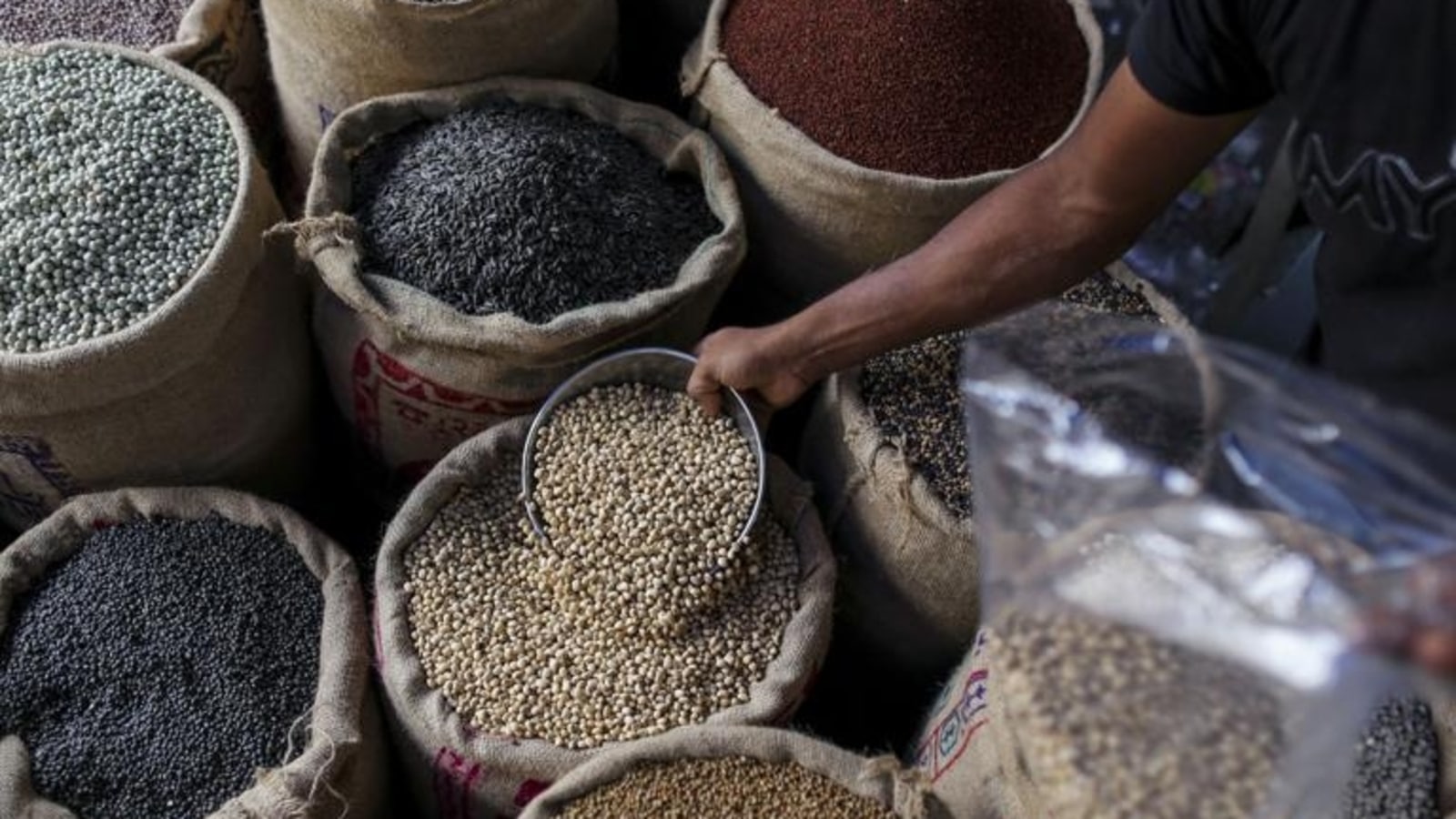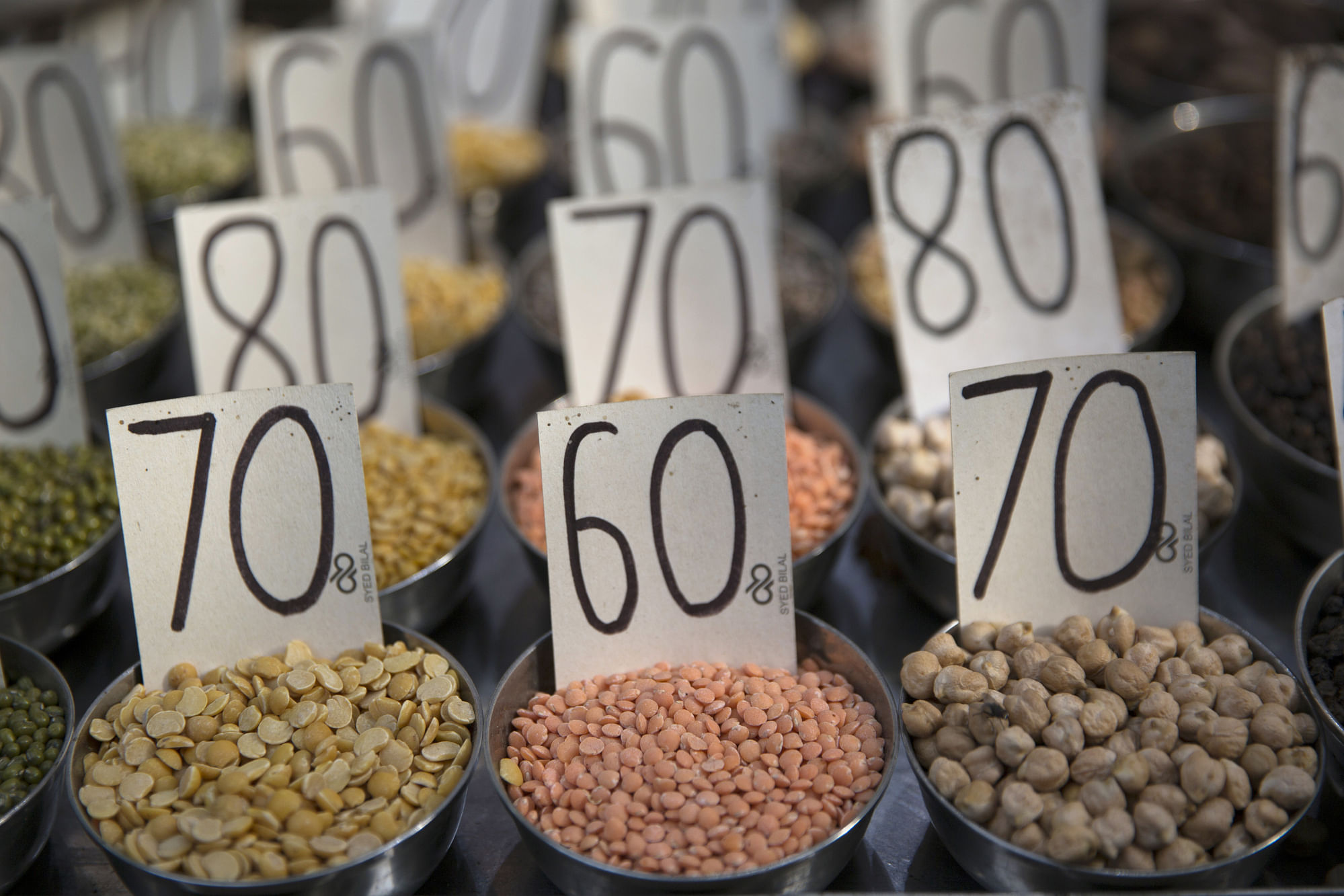Retail Inflation in Pulses Likely to be Less Volatile This Year: CRISIL 2023

Retail Inflation in Pulses Likely to be Less Volatile This Year: CRISIL 2023
According to the organization, last year’s erratic weather patterns damaged output, which may have affected prices.
According to a report by the research firm Crisil, retail inflation in pulses is anticipated to be less unpredictable this year despite the spotty distribution of monsoon rainfall. The rating agency has said that the next high might be six to seven months away if pulses inflation continues to exhibit the cobweb phenomenon this year, albeit less noticeably.
Additionally, it said that while pulse inflation volatility has decreased, the good news is that inflation has been levelling out at a lower level. The first is encouraging for pulse farmers since it offers improved profit visibility because of less volatility.

According to the organization, last year’s erratic weather patterns damaged output, which may have affected prices.
The pricing pressure was also there this year because of the delayed and unequal rainfall, which also affected the seeding of pulses. However, continuing government intervention through price stability programmes might guarantee that the next peak is less severe, according to Crisil.
The total weight of pulses and products in the CPI basket is 2.38%. Vibrations had retail inflation based on CPI in May of 6.56%, above both headline inflation (4.25%) and retail food inflation (2.91%).
On Wednesday, the inflation rate for June will be made public.

According to Crisil’s market intelligence and analytics, domestic output has been increasing, and India’s reliance on imports for pulses has decreased from 19% in FY 2014 to 9-10% in FY23.
Imports have played a strategic role, only being used as a last option during price surges, it said.
According to CRISIL, the government’s policy interventions in recent years to improve the supply position of pulses, including encouraging cultivation and strategic imports in conjunction with administrative steps to stabilize prices, are primarily to blame for the softening of inflation in this sector.

To increase output, the government increased the minimum support price (MSP) for pulses while signing the Memoranda of Understanding (MoU) with Myanmar, Mozambique, and Malawi for long-term commitments to buy tur and urad.
The government placed restrictions on tur and urad dal inventories in May to prevent stockpiling and speculation in the face of rising costs.
According to the latest report from CRISIL, a global analytical company that offers ratings, research, risk, and policy advisory services, retail inflation in pulses is expected to be more stable this year. This prediction is welcome news for consumers and policymakers alike, considering the vital role pulses play in our diets, particularly in developing countries like India, where pulses are a significant source of protein.

Before delving into the report’s details, it’s crucial to understand what retail inflation and pulses are and how they are interconnected. Retail inflation refers to the general increase in the prices of goods and services over time in the retail market. Pulses, meanwhile, are a class of leguminous crops harvested solely for the dry seed. They play a pivotal role in promoting food security due to their nutritional qualities.
When prices of commodities like pulses increase, retail inflation increases. Such a price rise for essential items, including pulses, burdens consumers, particularly those in the lower and middle-income brackets.
According to CRISIL’s 2023 report, the retail inflation rate in pulses is set to be less volatile than in previous years. A combination of both domestic and global factors backs this prediction.
The report credits good monsoon forecasts for the subcontinent as one of the primary reasons for this prediction. Good rains result in better crop yields, decreasing commodity prices due to increased supply. Moreover, this is likely to stabilize the prices of pulses, hence reducing the volatility of inflation.
)
Another contributing factor is the government’s proactive measures in ensuring an increase in the minimum support price (MSP) for pulses. The government’s decision to increase the MSP will likely motivate farmers to grow more pulses, increasing supply and decreasing volatility.
Globally, the easing of COVID-19 restrictions has been noted as another critical factor. With international trade resuming, the supply chain disruptions experienced at the height of the pandemic are gradually resolved. This means the import and export of pulses are likely to return to normal, further helping to stabilize prices and reduce inflation volatility.
A decrease in the volatility of retail inflation in pulses has several positive implications. For consumers, stable prices mean less financial strain and improved food security. For farmers, stable and predictable prices mean they can plan their crops better, ensuring a more predictable income.

From a macroeconomic perspective, less volatile inflation aids economic planning and stability. It means that policymakers can expect fewer sudden shocks and better plan policies and interventions. It can also increase consumer confidence, stimulating spending and boosting economic growth.
The CRISIL report predicts a less volatile year for retail inflation in pulses, backed by favourable domestic and international developments. It’s essential to remember that future predictions, while informative, can always be subject to unexpected changes. However, as of now, the prognosis is favourable, and stakeholders in the pulses industry can be cautiously optimistic about the coming year.
Finally, it’s worth noting that such developments underscore the importance of sound agricultural and economic policies in promoting food security and financial stability. A combined approach that considers global trends and domestic factors is vital in managing inflation and ensuring the economic well-being of consumers.




